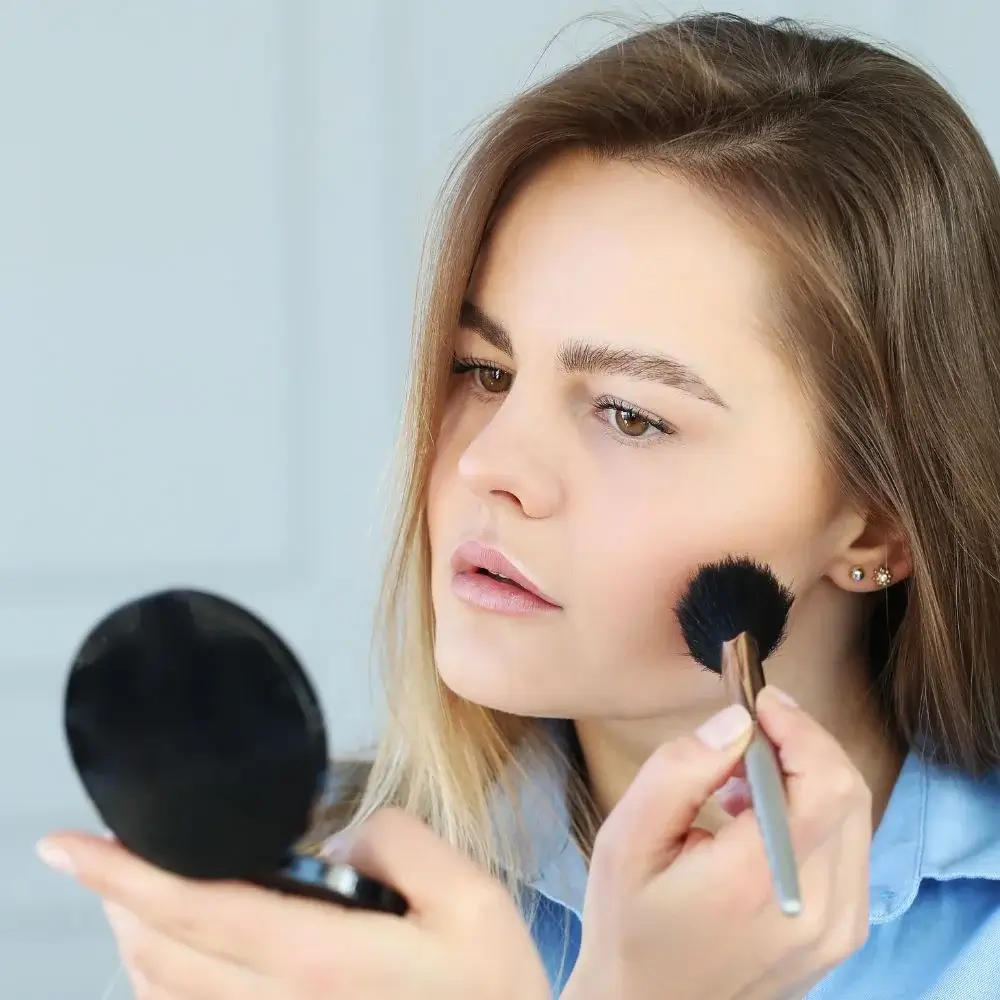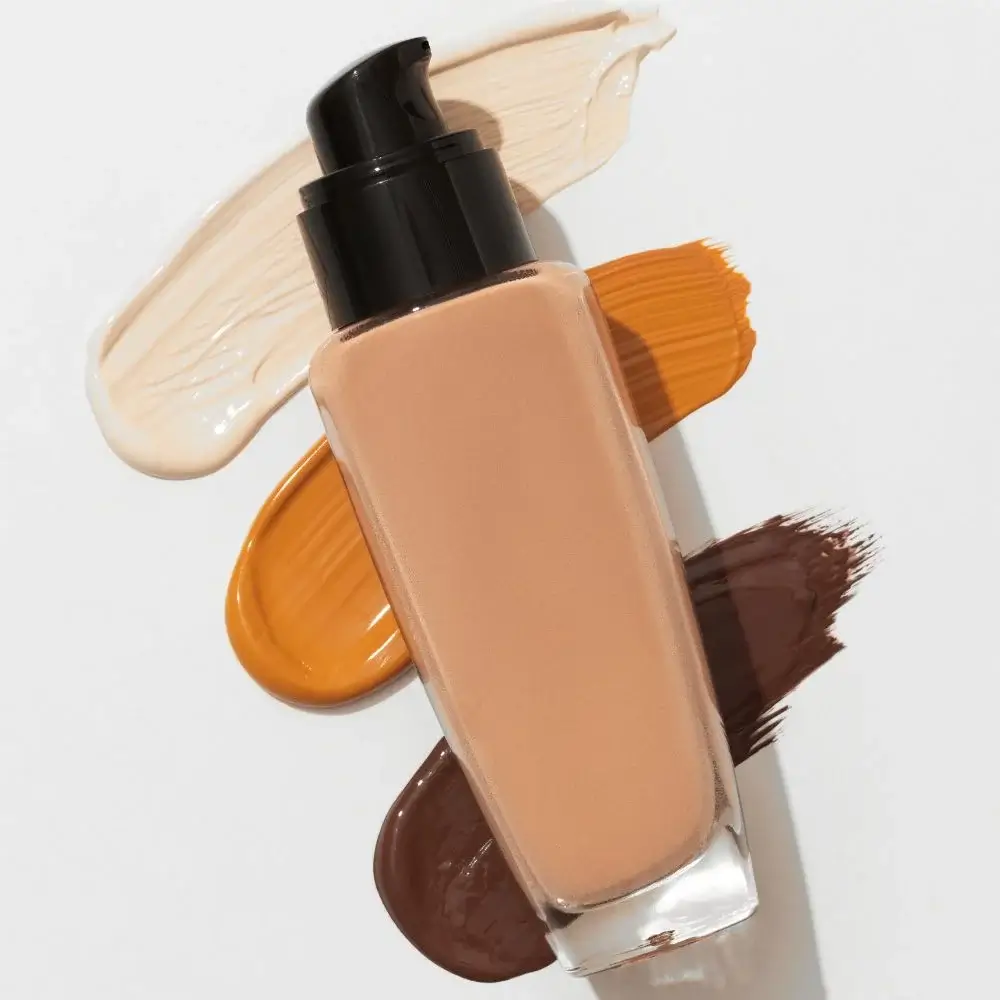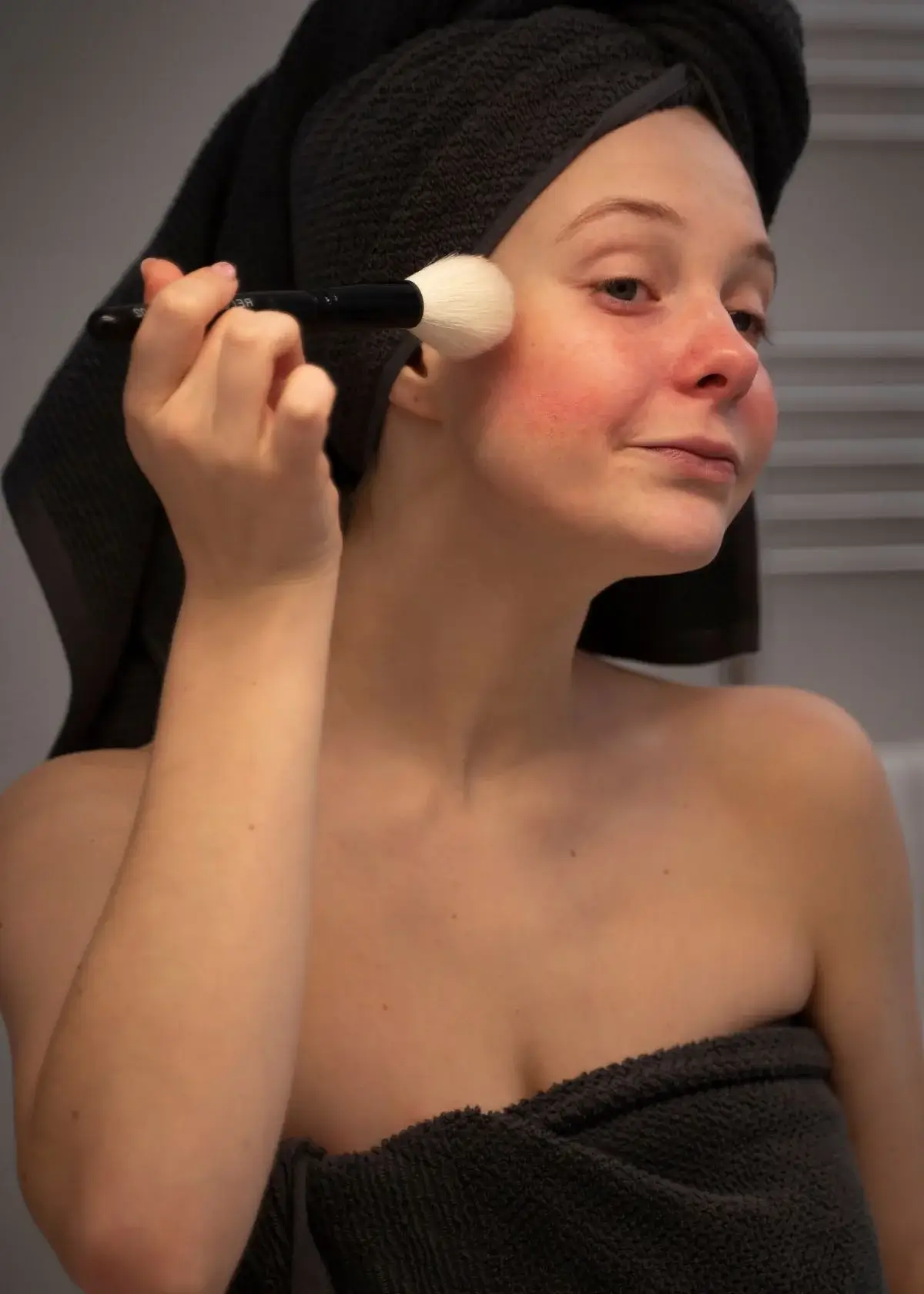Acne scars can be a real pain to cover, even with makeup. Applying foundation may seem like a simple task, but when it comes to covering acne scars, there is a certain technique to it. If you're tired of trying multiple foundations and still not seeing the coverage you need, this blog post is for you. We've compiled a guide to help you properly apply foundation to cover those acne scars and achieve flawless-looking skin.
Prep your skin
Before applying any makeup, it's essential to prep your skin. Begin by washing your face with a gentle cleanser, followed by a moisturizer that suits your skin type. Dryness accentuates your acne scars, so keeping your skin well moisturized is crucial. Let your moisturizer absorb into your skin for a few minutes before you begin applying your foundation.
Choose the right primer
A primer is an essential step in your makeup routine if you want to achieve a full-coverage look. Choose a primer that is specifically designed to fill in uneven skin texture and blur out pores. Apply the primer after your moisturizer, and wait a few minutes for it to absorb into your skin before you start with your foundation.
Use a color-correcting concealer
Depending on the color of your scars, you may need to use a color-correcting concealer before you apply your foundation. Green concealer works well for redness, while peach or orange concealer will help to cancel out any purple or blue undertones. Apply the concealer directly onto your scars, and blend it out carefully with a brush or sponge.
Apply foundation with a light hand
It's best to use a foundation that provides full coverage; a little goes a long way regarding application. Use a beauty blender or brush, and apply the foundation lightly. Begin in the center of your face, and blend it outwards towards the hairline and neck. Be mindful not to apply too much pressure, which can cause the foundation to settle into your pores and fine lines.
Set your foundation
Setting your foundation with a powder is crucial if you want your makeup to last all day. Apply a fluffy brush lightly to a translucent powder over your foundation. This will blur out imperfections, control shine, and make your makeup last longer.
Acne scars can be a real struggle to cover up if you're not using the proper techniques and products. By following these simple steps, you'll be able to achieve a flawless base that will boost your confidence and give you the courage to conquer the day. Remember to prep your skin, choose the right products, and apply them with a light hand. You'll be amazed at the results you can achieve with a bit of patience and practice.
Acne scars can be frustrating to deal with, and finding a foundation that effectively covers them can be a game changer. After extensive research, we've discovered the best foundation options for achieving that flawless, even complexion you've dreamed of. Whether you prefer a full-coverage look or something more natural, we've got you covered. Say goodbye to feeling self-conscious about your skin and hello to newfound confidence. All it takes is a simple click to discover your new favorite foundation for covering those stubborn acne scars and giving you the flawless skin you deserve.
What is the importance of SPF in the foundation for scar coverage?
SPF (Sun Protection Factor) in foundation is pivotal in scar coverage. Beyond safeguarding your skin from harmful UV rays, SPF plays a multifaceted role in scars. Firstly, it acts as a protective shield, preventing UV radiation from exacerbating scar discoloration and hindering natural healing. Doing so promotes optimal scar tissue recovery while creating a smooth, even canvas for makeup application. Secondly, SPF helps preserve the long-term appearance of your scars, ensuring they don't worsen due to sun exposure.

What is the longevity of foundation when applied over acne scars?
Several variables can influence the foundation's longevity when used to conceal acne scars. Your skin type, foundation quality, and application technique all factor into this equation. For extended wear, consider incorporating a few key steps into your routine. Begin with a makeup primer to create a flawless base. This helps fill in uneven surfaces and ensures your foundation adheres better. Besides, opting for a long-wear foundation formula and setting it with a translucent setting powder can significantly enhance its staying power. These measures collectively contribute to makeup that lasts throughout the day, effectively camouflaging acne scars.

What is the role of setting powder in maintaining foundation coverage for scars?
Setting powder is indispensable in maintaining foundation coverage, particularly over scars. Its functions extend beyond mere cosmetic touch-ups. Setting powder, enriched with absorbent ingredients, regulates excess oils and moisture on the skin's surface. Doing so prevents the foundation from migrating, smudging, or settling into fine lines and imperfections, which can be especially troublesome when covering scars. Furthermore, setting powder contributes to a matte finish, effectively minimizing shine and ensuring your makeup remains impeccable for an extended period. In essence, setting powder is the ultimate safeguard, preserving consistent coverage over scars and facilitating a polished appearance.

How should I blend foundation with concealer for a seamless look over acne scars?
Achieving a seamless look over acne scars requires a meticulous blending technique. Commence by applying your foundation evenly across your face to establish a harmonious skin tone. Next, choose a concealer that matches your skin tone or is slightly lighter to address specific scars. Armed with a makeup brush or sponge, execute the blending process precisely. Pay particular attention to the scarred areas, ensuring the concealer seamlessly integrates with the surrounding skin. This meticulous approach yields a natural, even-toned complexion, effectively concealing acne scars and bestowing a flawlessly finished appearance.

How do I use color-correcting products along with foundation to hide scars?
Color-correcting products prove invaluable when concealing scars marred by noticeable discoloration. To harness their full potential alongside the foundation, adopt the following strategy:
- Select a color corrector that aligns with the discoloration you want to neutralize.
- For instance, opt for a peach or orange corrector to counteract bluish or purple scars.
- Apply a modest amount of the corrector judiciously to the scarred regions before proceeding with the foundation application.
- Employ a gentle hand, using either a makeup brush or sponge, to blend the corrector comprehensively into the scars, ensuring comprehensive coverage.
- Cap off the process by applying foundation over the corrected areas.
This meticulous layering achieves a harmonious, evenly balanced complexion that adeptly conceals scars.
Should I use a sponge or brush to apply foundation when dealing with scars?
The choice between a makeup sponge and a brush for foundation application when dealing with scars hinges on personal preference and the texture of the scars in question. Makeup sponges, exemplified by beauty blenders, are renowned for delivering a seamless, airbrushed finish. Their soft texture works well with scars with uneven textures, effectively blending foundation into the skin's contours, resulting in a natural, unblemished appearance. Conversely, makeup brushes offer precision and control, allowing you to pinpoint specific scarred areas with heightened accuracy. Choosing these tools often entails experimentation to determine which one best caters to your unique scar coverage requirements and ultimately achieves the desired outcome.







